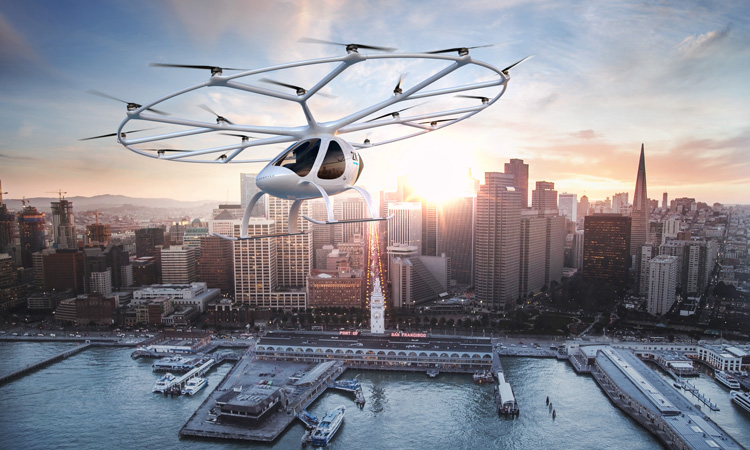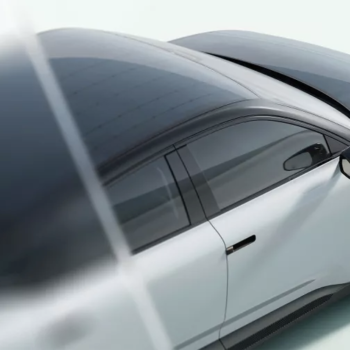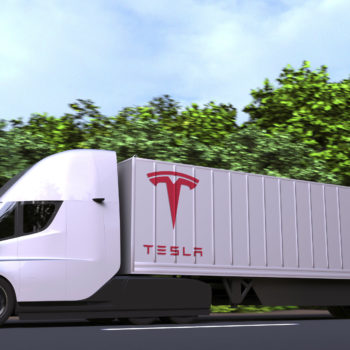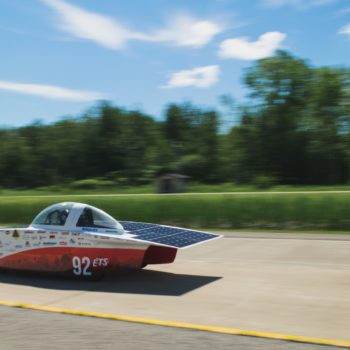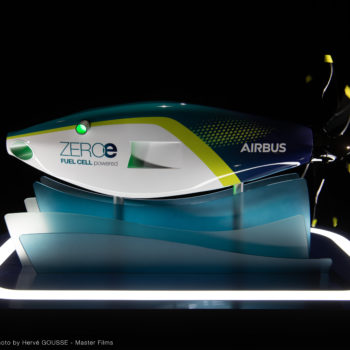|
|
Prepare to witness a remarkable revolution in the way we move around cities. As we set our sights on the horizon of the future, urban air mobility (UAM) emerges as a captivating and increasingly prominent conversation within the aviation realm. UAM, a pioneering concept, revolves around using aircraft, including air taxis and drones, to usher in a new era of transportation for people and goods right in the heart of urban landscapes.
What is Urban Air Mobility?
NASA’s Aeronautics Research Mission Directorate (ARMD) is researching to ensure big drones can safely fly in the same skies as airplanes. This research is also helping us figure out a new way of moving people and things around cities – Urban Air Mobility (UAM).
Urban Air Mobility (UAM) means finding safe and efficient ways to use planes and drones for city travel and cargo delivery. This includes small packages delivered by air and other flying machines that people can control on the ground or alone.
Let’s dive into what Urban Air Mobility, or UAM, really means. It’s like a cool idea that wants to make city travel better. Picture this: small airplanes flying around the city, like fancy air taxis or electric vertical take-off and landing (eVTOL) vehicles. They’re like your personal flying cars!
Urban Air Mobility (UAM) is not limited to a single country; it’s a concept and emerging industry that many countries worldwide are exploring and developing. Various countries, including the United States, Germany, Japan, and more, are working on UAM projects and initiatives to create efficient and sustainable urban transportation systems using small aircraft like air taxis and eVTOL vehicles.
The development and implementation of UAM solutions vary from one region to another, depending on factors such as technology readiness, regulatory frameworks, and infrastructure. UAM aims to fix the city’s traffic problems and make getting around faster. It’s all about being kind to our planet, too.
The Advancements in UAM Technologies
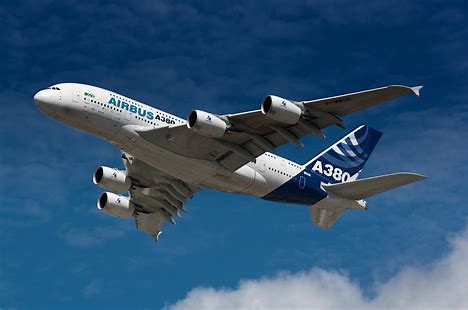
Image credit: Airbus
In recent years, significant advancements have been made in the technologies that power UAM. Electric propulsion has become popular due to its environmental benefits and enhanced efficiency. Many companies, including Airbus and Volocopter, invest in developing electric air taxis that can transport passengers in urban environments.
Another key technology in UAM is the development of advanced air traffic management systems. As the number of UAM aircraft increases, it is essential to have robust systems in place to ensure safe and efficient operations. Integrating UAM into existing airspace is a crucial aspect addressed through research and development efforts.
Key Players in the UAM Industry
The UAM market is attracting significant attention from various companies and organizations. Some key players in this field include Ehang, Joby Aviation, and Lilium. These companies are actively working on developing and commercializing eVTOL aircraft that can revolutionize urban transportation.
Regulatory bodies such as the Federal Aviation Administration (FAA) and the European Union Aviation Safety Agency (EASA) are also closely monitoring the developments in UAM. They are working towards creating a regulatory framework that ensures the safe integration of UAM operations into existing airspace.
The Vision of UAM
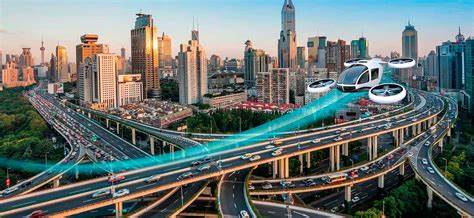
Image Credit: Embention.com
The idea of Urban Air Mobility (UAM) is more than just giving us a new way to get around; it’s about making our cities better. UAM wants to create a future where special aircraft that can take off and land vertically become a natural part of city life. This means we can zip around town quickly and without adding more pollution to the air.
One cool thing about UAM is something called “integrated mobility.” That’s a fancy way of saying we can easily switch between different ways of getting around. So, whether you want to use a regular car, take an air taxi, or hop on public transportation, UAM gives you many choices for your daily travels. It’s not just about convenience; it’s also about keeping our cities clean and sustainable.
Frequently Asked Questions
Urban air mobility (UAM) uses advanced air transportation systems to enable efficient and reliable air travel within and around urban areas. It involves using electric aircraft, such as drones, air taxis, and vertical take-off and landing (VTOL) vehicles, to provide point-to-point transportation and solve the challenges of congestion and time-consuming ground transportation.
Some key terms related to UAM include aircraft, air taxi, airspace, drone, aviation, cargo, urban mobility, EASA (European Union Aviation Safety Agency), Airbus, aerospace, air travel, UAM operations, CityAirbus, acceptance of UAM, and logistics industry.
UAM has the potential to revolutionize urban transportation by providing faster, more efficient, and environmentally friendly alternatives to traditional ground transportation. It can significantly reduce traffic congestion, improve air quality, and offer urban dwellers seamless and convenient transportation options.
actively develop UAM technologies and conduct the timeline for the full implementation of UAM is still uncertain. However, various companies and organizations actively develop UAM technologies and operate test flights. Some experts believe that commercial UAM operations may start as early as 2023, while others expect it to become more widespread by 2030.
Some important UAM technologies include electric aircraft, advanced air mobility (AAM) systems, vertical take-off and landing (VTOL) aircraft, autonomous flight systems, airspace integration solutions, and efficient air transportation systems. These technologies are being developed to ensure the safe and efficient operation of UAM vehicles in urban environments.
UAM involves using electric aircraft capable of vertical take-off and landing, such as air taxis or drones. These aircraft can navigate urban airspace and transport passengers or cargo from one point to another. UAM operations require appropriate infrastructure, including vertiports or landing pads, and integrating UAM vehicles with existing air traffic management systems.
Some potential challenges for UAM implementation include airspace integration, regulatory approvals, public acceptance, infrastructure development, safety concerns, and adapting existing air traffic management systems. Overcoming these challenges will require collaborative efforts from industry stakeholders, government agencies, and the public.
UAM can offer significant benefits to the logistics industry. It can enable faster and more efficient delivery of goods by bypassing ground transportation congestion. UAM vehicles can transport packages and cargo directly to their destinations, reducing the reliance on traditional road-based logistics systems.
UAM is expected to complement traditional aviation rather than replace it. While UAM focuses on urban transport and short-distance flights, traditional aviation will continue to serve long-haul flights and international travel. UAM and traditional aviation can work together to provide seamless and efficient air transportation for different journeys.
The market size potential for UAM is significant. According to various reports and consulting firms, the UAM market could reach billions in the coming years. The increasing demand for efficient urban transportation and the advancements in UAM technologies are expected to drive the growth of this market.
Conclusion
The concept of urban air mobility (UAM) holds immense potential to revolutionize urban transportation. With technological advancements and increasing acceptance of UAM, we are moving closer to a future where air taxis and drones are common in our cities.
The integration of UAM into existing airspace and the development of robust air traffic management systems are key challenges that must be addressed. However, with continuous research and development efforts, we are well on our way to realizing the vision of a more efficient and sustainable urban mobility system.
